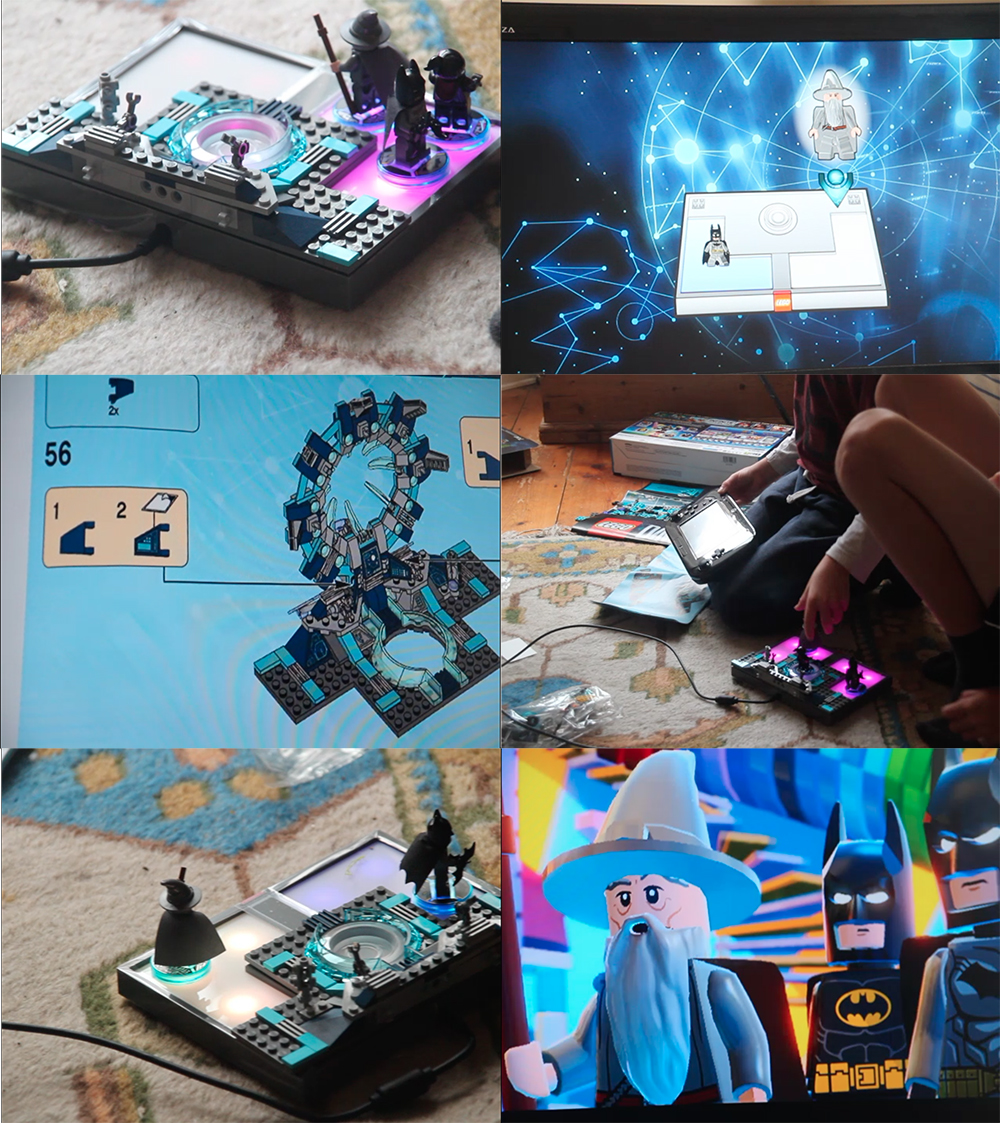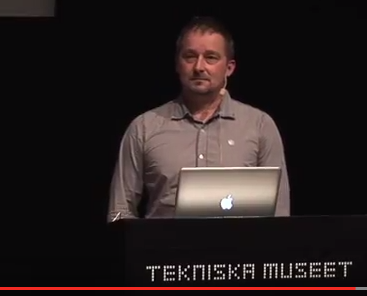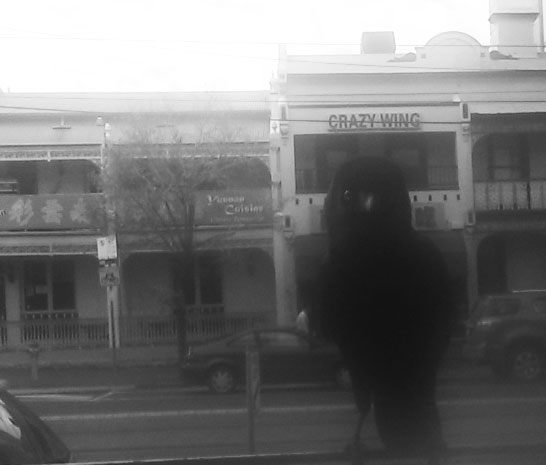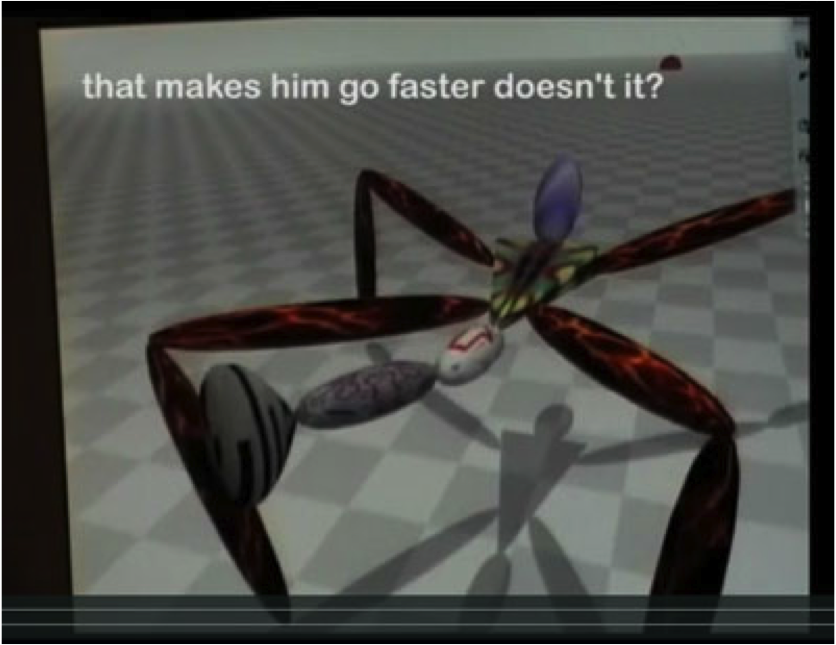Microethology of toys-to-life (from proposal for Toy Theory book) – I’m going to build Dumbledore [sings:] Dumbledore, Dumbledore… – Technically, you’re building Gandalf…
Tag: transduction
prosthetic imagination, augmented memory
What did I say at the ‘Amusing and Disturbing’ symposium on gaming and children at the Tekniska Museet in Stockholm in April? Ah, I…
distributed imagination
Distributed imagination: small steps to an ethology of mind and media This project will theorise the imagination in postdigital mediated environments. Imagination has at…
prosthetic imagination
Rules themselves create fictions by the very fact of complying with their respective rules, is separated from real life where there is no activity…
Connecting the Dots…
I presented at Connecting the Dots: movement, space and the digital image at Cambridge University’s CRASSH last Friday – thanks to a kind invitation from Jenna Ng. I shared…
permeable realities
Video here. Current developments in mobile and locative media, and in augmented / mixed reality media (for instance at the Pervasive Media Studio…
The Reality of Imagination
A moment that didn’t make it into the final video version of a microethological study of play across a Real-Time Strategy game (Age of…




